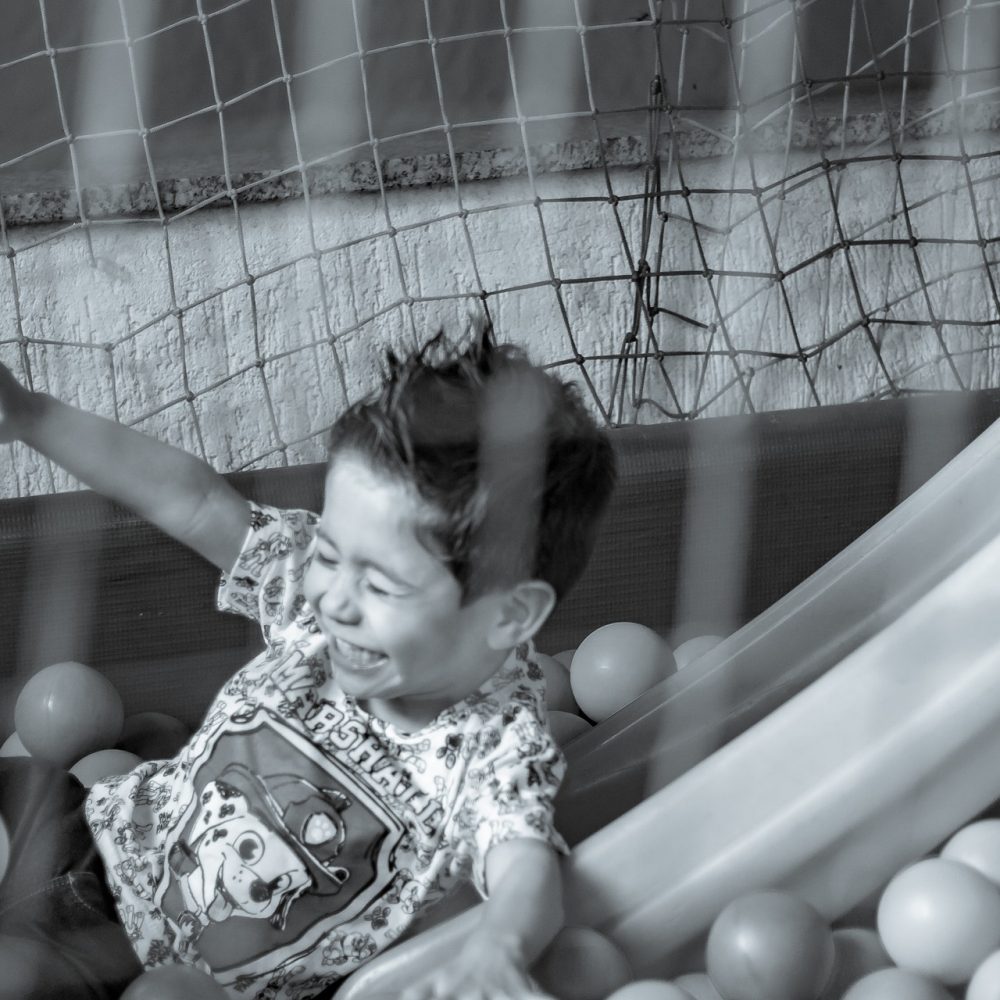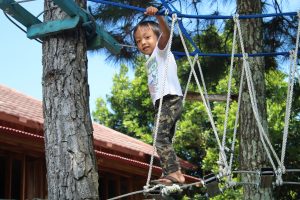
The Many Benefits of Children Falling
Children Fall off the Beam
During some of my first years working as a pediatric physical therapist, sometimes a student or observer would come watch me work. One of these students saw me working with kids on a balance beam. As they walked across the balance beam, often times, they would fall off the beam. She would reach to try to catch them. I didn’t. After observing for a while, she said to me, “At first I didn’t understand why you let children fall; now I get it.”
Let’s Clarify
Before I continue, let me clarify. Use common sense when determining what falls you allow. The balance beam I worked on was two inches from the ground, and they usually caught
 themselves with their hands or landed on their bodies. I didn’t let them fall off the top of the stairs. If there were any sharp objects around, I kept them away from the fall. Sometimes, if I think the fall will be too harsh I may grab them on the way down not to stop them from falling but to slow it down. Also, given the research on the brain damage occurring in football players, I would avoid blows to the head when possible.
themselves with their hands or landed on their bodies. I didn’t let them fall off the top of the stairs. If there were any sharp objects around, I kept them away from the fall. Sometimes, if I think the fall will be too harsh I may grab them on the way down not to stop them from falling but to slow it down. Also, given the research on the brain damage occurring in football players, I would avoid blows to the head when possible.
External Feedback of Falling
So why do I let the kids fall? Neurologically, and from a motor learning
standpoint, experiencing the consequences of your actions has better long-term outcomes that verbal advice about what to do differently. Motor learning experts call this external feedback versus internal feedback. For example, if I am learning how to shoot a bow and arrow, seeing where the bow lands is external feedback. A person cueing me to stand with my feet shoulder width apart, feet at 90 degrees, is internal feedback. Research on this has consistently shown external feedback to
be better. I won’t bore you will too much of the research, but I have cited one study below. Of course, we usually combine the two, but without the experience, the brain does not learn.
Instructions for Motor Learning: Differential Effects of Internal Versus External Focus of Attention
Gabriele Wulf, Markus Höß & Wolfgang Prinz
Journal of Motor Behavior Vol. 30, Iss. 2,1998
Sensory input of Falling
Children also benefit from the fall by receiving sensory input from the fall. When a child falls, first they receive the vestibular input of the fall. Vestibular input comes from the inner ears and lets us know where our bodies are in space. Children naturally develop the sensory input by spinning until they get dizzy or rolling down a hill. Often though, the children I work with need help developing it. Then, the pressure from the floor at the landing can provide good feedback for their sensory systems. Deep pressure is calming and centering. And feeling the ground on the way down helps them develop spatial awareness and understanding how far away they are from the floor. Again, this varies depending on the extent of the fall. Some kids, though, will even start to seek out falling in order to get this input.
Emotional Processes of Falling
In addition, I let kids fall so they learn it is okay to fall. Physical therapy does not stop at the office doors. A child cannot develop skills such as balance, coordination, and strength but be too afraid to use them anywhere other than at the therapy clinic. They will not continue to grow and improve their gross motor skills. Fear of failing will prevent them from to challenging themselves. Falling helps children learn that it is okay to fall, okay to fail. It teaches them the process of doing something wrong.
Self-Compassion of Falling
Finally, when children fall, it teaches them how to stand back up. First, they physically learn how to get back up. As a physical therapist, I always look for excuses for a child to practice going from the floor to a standing position. It’s foundational to pediatric therapy and the more it gets incorporated into play, the better. Also, though, the emotional process of getting back up gets addressed. Falling, and the moment after the fall, provide amazing opportunities to teach self-compassion. Self-compassion has three elements: self-kindness, common humanity, and mindfulness.
Self-Kindness
When a child falls, give them permission show kindness to themselves. You can say “You fell.” Or “Sometimes, we fall.” Give them a little time to process this thought. Kids often don’t mind falling until they see that you do. Don’t act upset or worried, because they may not be hurt or saddened by it. If they see okay, you can move to the next step quickly. If they get emotional, you can tell them, “It’s okay to cry.” And give them a moment to feel sad.
Common Humanity
Next, you can say, “Everybody falls sometimes.” If a child is really struggling with falling, I may even demonstrate the fall myself and have other therapists do it too.
Mindfulness
Last, teach them mindfulness and how to balance the negative with the good. I will say, “Can you get back up again?” or “Falls happen; now we can get back up again.”
One more thought
In conclusion, feel free to work with symbolism here. The physical act of falling is not the only way you can let your child fall. You can also give yourself as a therapist or parent permission to fall.
